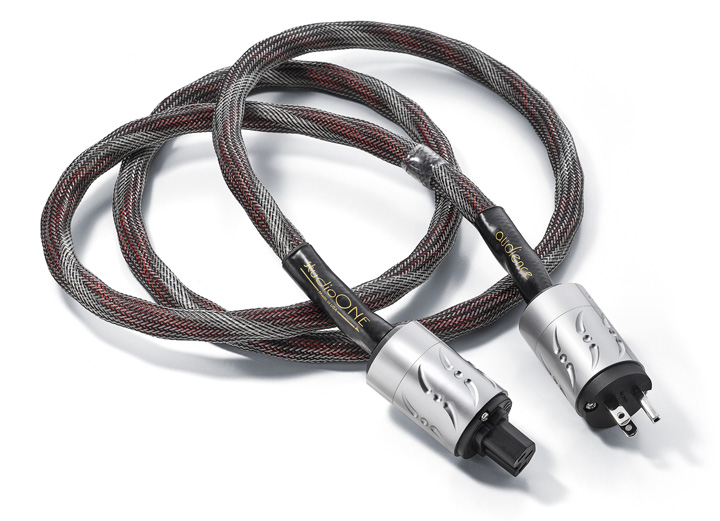 When budding audiophiles get a decent 2-channel stereo assembled, they often notice that their systems sound better in the middle of the night. The key question that shivers forth like heart palpitations a few minutes after consuming a quintuple espresso is: why ohhh WHY does the sound quality of an audio system change like this?
When budding audiophiles get a decent 2-channel stereo assembled, they often notice that their systems sound better in the middle of the night. The key question that shivers forth like heart palpitations a few minutes after consuming a quintuple espresso is: why ohhh WHY does the sound quality of an audio system change like this?
The answer is simple and logical. When there’s more current available from the electrical grid, it’s easier for audio components to get the juice they need to sound their best. If everyone on your block is running their air conditioners, washer/dryer combos, and 40 Amp stoves at the same time, there will be far less electricity on tap for your audio gear. At 1am to 5am, most folks are asleep and not using any electricity. For stereo systems, more current inherently means better PRaT, stronger dynamics, and a much higher overall sound quality.
Too many audiophiles put more time and effort into upgrading their furnace filters than they do their A/C cables. No one with active brain cells would install cheap or shoddy tyres on a Lamborghini. Similarly, to squeeze all of the sonic potential from a high-end stereo system, listeners need to hook the components up with serious power cords.
When the opportunity to review Audience’s new Studio ONE HP powerChords arose, I was happier than a famished grizzly bear stumbling upon a lunch tray loaded down with a dozen fresh peanut butter and honey sandwiches.
Electrical A/C Basics:
The sound quality of any 2-channel stereo is highly dependent on the quality of the electricity powering it. Some cynical critics reason that because there are miles and miles of power lines carrying electrical current, the last six feet of A/C cabling cannot possibly make a significant difference to the sound of their gear. This cynicism is misinformed though, because power cables are the key part of a circuit that sits between the component and any outlet feeding it alternating current (A/C) electricity. Instead of thinking of A/C cords as the last six feet, I’d posit that they are in fact the first six feet.
Stated succinctly, electricity is the flow of electrons from an area of high concentration to an area of low concentration. A myriad number of electrical issues affect a power cord’s ability to efficiently deliver alternating current. The copious engineering theory behind optimizing cable impedance, current delivery, minimizing power-line hash, and limiting the amount of electrical noise being generated by components themselves, is far beyond the scope of this article.
And yet, real (i.e. measurable) differences in the electrical performance of A/C cables do exist. Audiophile power cords are designed to dramatically limit noise, reject Radio Frequency Interference (RFI), and block Electro Magnetic Interference (EMI) before it pollutes the sound of stereo components.
The fastest way to raise the sound quality of a high-end audio system is to increase the purity of the electricity flowing through its power cabling. Top-shelf audiophile power cords can transform a good sounding stereo’s performance into a jaw-dropping musical revelation.
Product Description:
Based out of San Marcos California, Audience AV has been manufacturing audiophile cables, loudspeakers, and A/C power conditioners since 1997. Their new loom of Studio ONE wires sits in the middle of their family of cable lines.
1.5m Studio ONE HP powerChord w/ 15 Amp US-IEC plug: MSRP $2,537 USD
2.0m Studio ONE HP powerChord w/ 15 Amp US-IEC plug: MSRP $2,783 USD
The conductors in all Studio ONE HP powerChords are made of single-crystal Ohno Continuous Cast (OCC) Copper (Cu). Each 10 gauge conductor is comprised of 14 x 21 gauge wires, each of which is composed of 19 strands of OCC Copper. Audience thinks that too much shielding weakens a power cord’s dynamics and slows the PRaT. Although these PCs are NOT shielded, they use ultra high quality XLPE cross-linked polyethylene as a di-electric material.
Audience’s engineers firmly believe that too much mass in conductors can negatively impact the sonics of any power cable. Germane to this reasoning, they make three different A/C cords: one, a thicker 10 Gauge High Power (HP) PC for amplifiers and/or any components that need a lot of current; two, a mid-sized 14 gauge power cable for pre-amplifiers and CD players; and three, a thinner 16 gauge PC that’s designed for turntables.
Similar to Eichmann’s bullet plugs, sometimes less mass in the conductors can result in better sonic outcomes. Audience’s belief in using different gauge A/C power cords is based on electrical engineering theory that seeks to minimize eddy currents. For a deeper technical dive, please visit Audience’s website.
Every Studio ONE HP power cable is pre-cooked by Audience using their proprietary Extreme High Voltage Process (EVHP) burn-in treatment. They also burn each A/C cord in for 100 hours on a Dharma cable cooker.
The fit and finish of the sample cables I received for review was exemplary. It may sound odd to describe a power cord as being aesthetically “gorgeous”, but that’s exactly what these beauties are. Like a young Sophia Loren, when you hold a Studio ONE HP powerChord in your hands, it’s hard not to be mesmerized by its breathtaking elegance. So… how do they sound?
Set-up:
For this review, I was given two high current 10 gauge Studio ONE HP powerChords: one in a 1.5m length (MSRP $2,537 USD); and the second in a 2.0m length (MSRP $2,783 USD). Both PCs were terminated with 15 Amp IEC plugs. I auditioned them in a $150K+ level 2-channel rig.
I installed the 1.5m PC between a Furutech NCF wall outlet and a heavily-modified 20 Amp Torus A/C regenerator. I’d previously had that regenny powered by a 6ft ElectraGlide Fatman-K that was upgraded with Furutech NCF plugs. I hooked the second 2.0m high current Studio ONE HP powerChord up between the power regenerator and an Audio Research LS-28 vacuum tube pre-amplifier.
I’d intended to let both power cords burn-in for a week or so before listening to them. About an hour after inserting them, my basement 2-channel rig sounded so good that the music literally—not figuratively… but LITERALLY– pulled me back downstairs from two floors above(!). I felt compelled to return to the basement and listen to the stunning sonic improvements which were obvious even from different rooms (and floors) in my house. With almost zero burn-in time, the jaw-dropping increase in overall sound quality that the Studio ONE HP PC’s created was immediate and undeniable.
Intrinsic Sound:
The sound of the Studio ONE HP powerChords is clean, clear, and, when plugged into high calibre gear, mesmerizing. The decrease in background noise and increases in clarity, timbral accuracy, and PRaT imparted by these A/C cables were instant and impressive. This was not a subtle ‘strain-to-hear-minor-differences’ sonic experience. Surefooted French-Canadian Jesus on a stand-up paddle board… “non”.
The music was noticeably fuller with more air and space between individual instruments. With the ARC LS-28 tube pre-amplifier’s level locked-in and unchanged at 20, my 2-channel tube rig sounded considerably louder. The walk-through, holographic, 3-dimensional soundstaging was far more precise and exact. Dynamics were faster and the rhythm of the music was more seductive and engaging.
Overall, the Studio ONE HP powerChord offers deeper resolution, larger soundstaging, more precise image placement, and an extremely dynamic sound. Most power cables in this price range can only dream of making such a dramatic improvement to a system’s overall sound quality.
Shortcomings…? The Studio ONE HP powerChords will not get you to last 3% to 5% of what is currently available from state-of-the-art A/C cables. Do remember dear reader, these PCs sit in the MIDDLE of Audience’s family of wires. They’re quieter than a hibernating polar bear and create a huge soundstage. While I cannot call a $2,500+ USD A/C cable a “bargain”, for their asking prices, these PCs offer superb timbral accuracy and striking dynamics that challenge—and even beat—the sonics of most A/C cords in the $3,500 USD to $4K USD retail price range.
Listening Tests:
Originally released on vinyl in 1965, Whipped Cream and Other Delights (A&M Records: LP 110) was Herb Alpert and the Tijuana Brass’ 4th full length studio album. Primarily featuring instrumental songs, this record sold over 6 million copies. Today in 2021, the album’s iconic cover is regarded as a classic example of 1960’s pop culture artwork.
Horns and trumpets are brutally difficult instruments for any music reproduction system to accurately recreate. The lightning-fast sonic attack, lengthy sustain, and echoing decay of the brass instruments recorded on Whipped offers a serious challenge to any stereo system to reproduce correctly. The exceptional dynamics, lifelike PRaT, and jaw-dropping timbral accuracy of the Studio ONE HP powerChords brought the bouncy, playful, and melancholy rhythms of Alpert’s horns to life with a palpable—even believable—sonic character.
In particular, the song “Love Potion #9” has a saucy bump’n’grind rhythm that has inspired millions of fun-loving and free-spirited burlesque dancers around the globe to shake their hips and swing their tassels in a delicious and hypnotic fashion. Down through the decades, I’ve heard far too many stereo systems butcher the pace, rhythm, and timing (PRaT) of this wondrous song. If the PRaT isn’t recreated accurately, it will blur the stereo imaging and dynamic energy of the brass instruments in this track and make the soundstaging less stable than a jack-rabbit caught in an active paint shaker.
Thankfully, Audience’s Studio ONE HP powerChords made the groove-laden rhythms of Alpert’s songs sound so lifelike that it put a smile on my face that no coroner, no matter how motivated, will ever be able to remove from my cold dead corpse with a jack-hammer.
Released in 1992, Kyuss’ debut album Blues for the Red Sun (Dali Records: 61340-2) is currently recognized by musicologists as one of the cornerstone records that founded the entire desert-doom and stoner doom genres of harder-edged alternative rock. The musical legacy that Kyuss left is now legendary.
Featuring ripping tracks like “Green Machine”, “50 Million Year Trip”, “Thumb”, and “Mondo Generator”, if groove-driven, fuzzed-out, and rhythmically addictive stoner-doom desert rock appeals to you, this album will assuredly make your blood shake with trippy / space-rock inspired musical passion.
Listening to Blues with the Studio One HP A/C powerChords installed, John Garcia’s gravel-throated roar from the sun-drenched apocalypse sounded as accurate as I’ve ever heard it. The resolution was so deep and the timbral accuracy so precise that I could clearly identify the specific types of Orange and Mesa Boogie tube-driven guitar and bass amps that the band used in the studio.
For perspective, I needed something faster and heavier to test the Studio ONE HP power cords with. Produced, engineered, and mixed by Martin ‘The Bishop’ Birch, Iron Maiden’s No Prayer for the Dying (Capitol Records: C2 595142) was released in 1990. Featuring frenetic, head-banging, ham-fisted, and groove-laden tracks like “Tailgunner”, “Holy Smoke”, and “The Assassin”, the sonics on this record are superb.
Bruce Dickenson’s operatic vocals soar above Steve Harris’ galloping bass lines and Nicko McBrain’s air-tight percussion. Jannick Gers and Dave Murray trade incisive lead guitar and syncopated rhythm guitar lines that can—and should—cause head banging spasms and an endocrine surge of natural and vainglorious energy. If the songs on Prayer don’t catapult you out of your chair and have you playing air guitar, air bass, and/or air drums, call a coroner ‘cause you may already be dead.
With Audience’s Studio ONE HP power cords in my basement 2-channel rig, the driving rhythms of these anthemic prog-metal songs roared forth with a God-like conviction of pride and purpose. Ten seconds into the first track, I was on my feet and playing air guitar like a manic 15 year old who’d shotgunned a 6 pack of Redbull. The adrenaline rush that the music mainlined into heart and soul caused me so much physical excitement that I needed—not just wanted… but NEEDED—to take a hit off of an inhaled cortico steroid asthma puffer.
Did I make any notes about the sound? Nah… why bother. I was having so much fun that it never once occurred to me to do so. Yeah… fun. That’s right. Even breathing hard and wondering if I was about to stroke-out and kiss the world goodbye, I was having an immense amount of fun listening to obscure Iron Maiden songs.
Audience’s Studio ONE HP powerChords let me feel young(ish) again. At my advanced age, thrashing my head in time to 30 year old Iron Maiden tracks practically counts as an aerobic workout. When you get emotionally involved and even lost in the spirit of the music, that’s when you know that a stereo system is getting it right.
Conclusion:
To non-audiophiles, the very idea that A/C power cords might cause a stereo system to sound different seems delusional; even mentally ill. As such, listening to how different power cords quote-unquote “sound” can come off as seemingly outright insane. And yet, the sonic character of any music reproduction system is dramatically impacted by the quality of the electricity powering it.
If you’ve invested a decent amount of money into stereo components, it makes zero sense to kneecap the sonic potential of your gear by hooking it up with cheap power cables. Low quality A/C power that’s infected with RFI, EMI, and a myriad of electrical distortions will dramatically pollute and degrade the sound quality of any high-end stereo system.
Audience’s new Studio ONE HP powerChords offer exceptional dynamics, impressive timbral accuracy, and class-leading soundstaging. Do you want your 2-channel rig to create a fuller and more lifelike sound? Then toss the 39¢ disposable A/C cables that came with your gear and try Audience’s new sonic wonders.
How good are the Studio ONE HP powerChords? Well… I bought the review samples. There is no higher compliment that I can give to Audience’s new A/C cords than to pony-up my own cash and buy them.
For more info, please check out https://audience-av.com

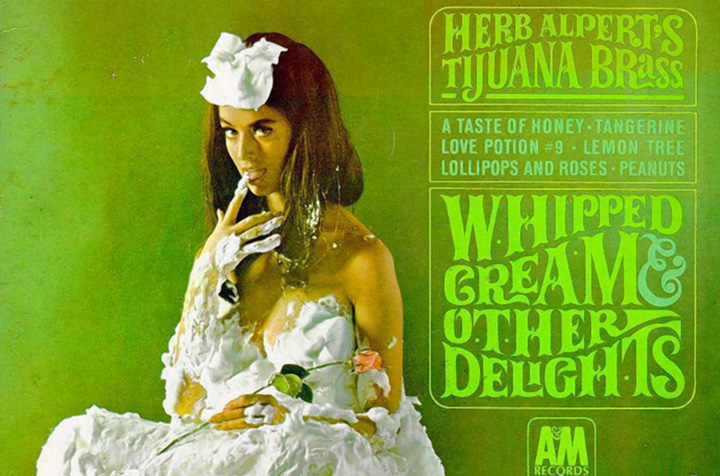
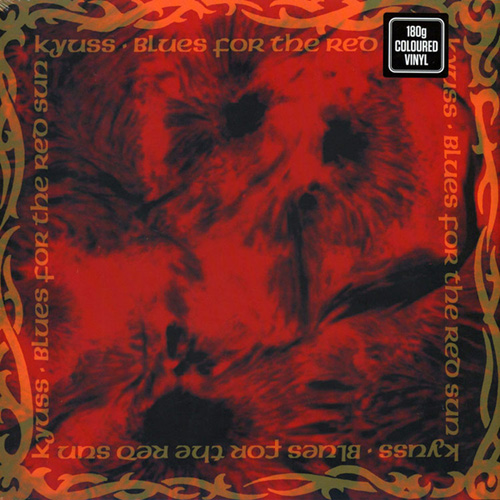
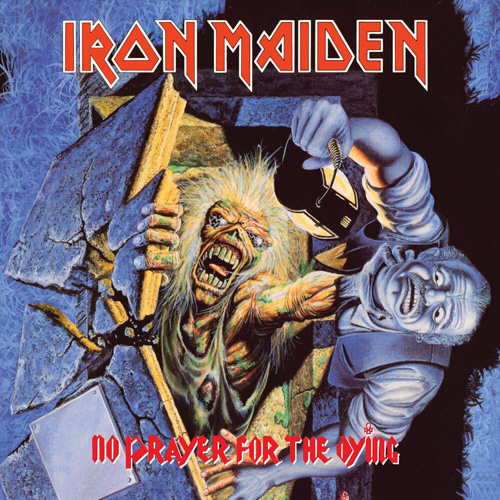
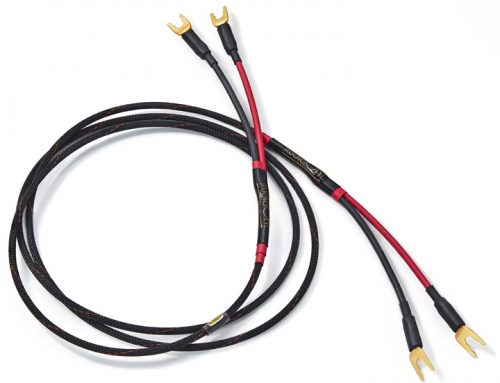

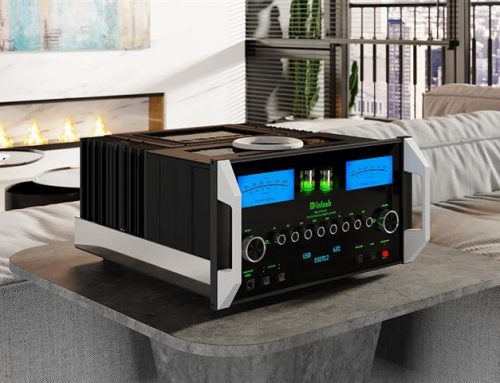
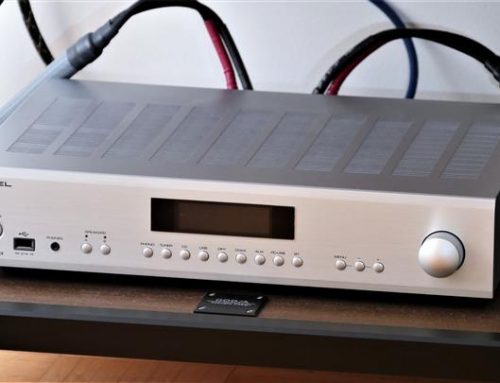
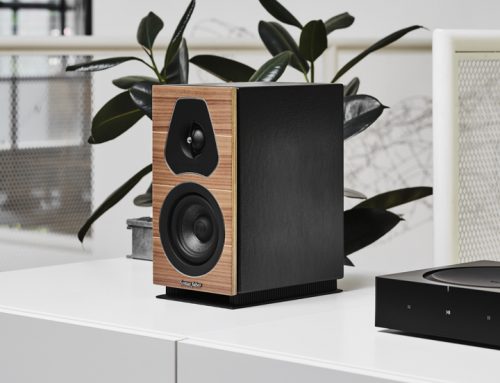
Leave A Comment
You must be logged in to post a comment.